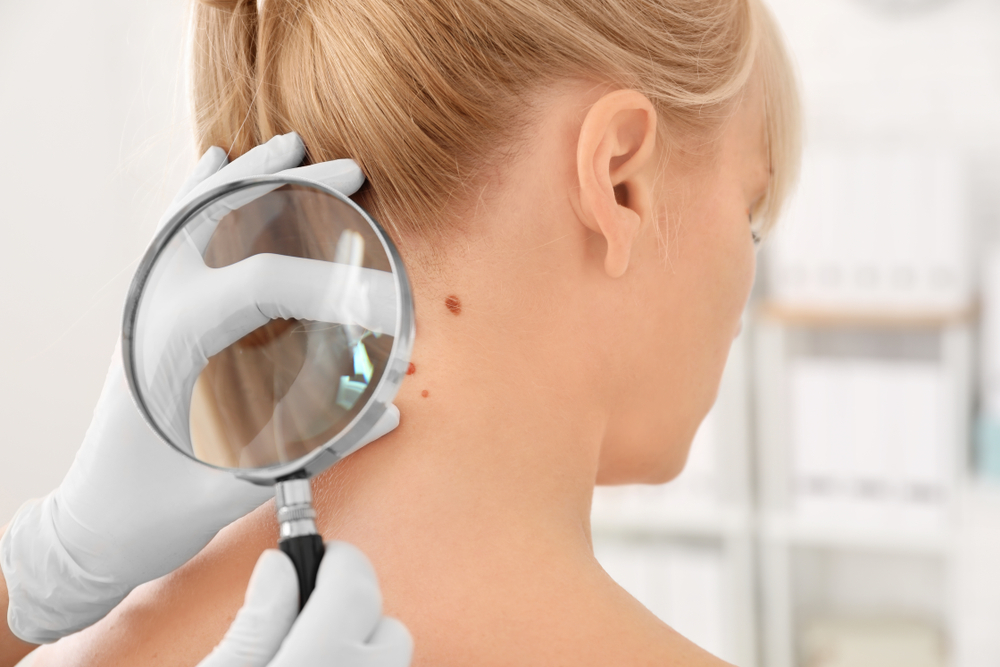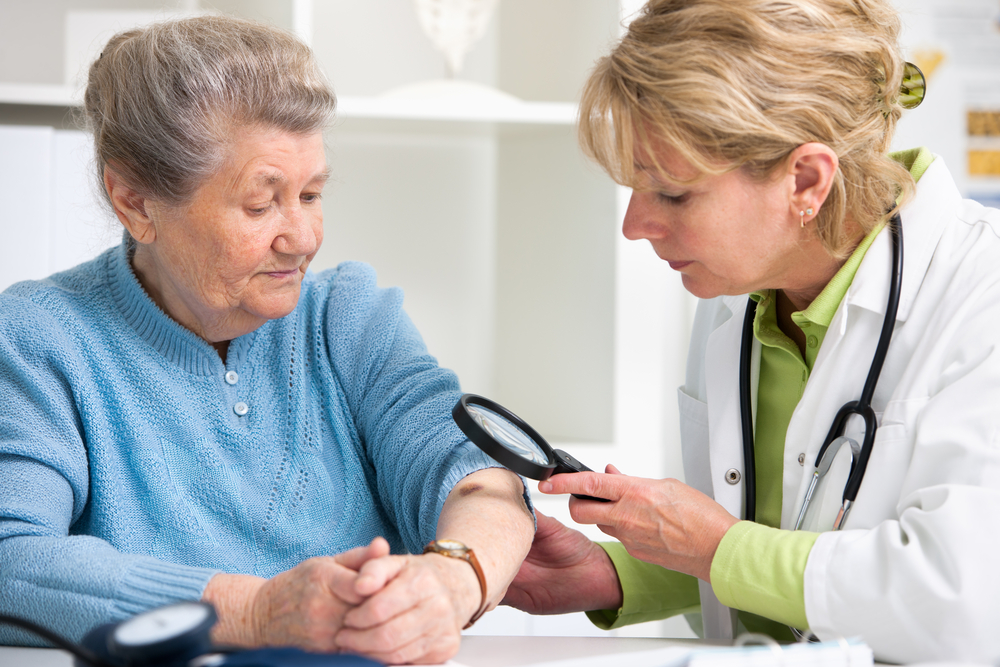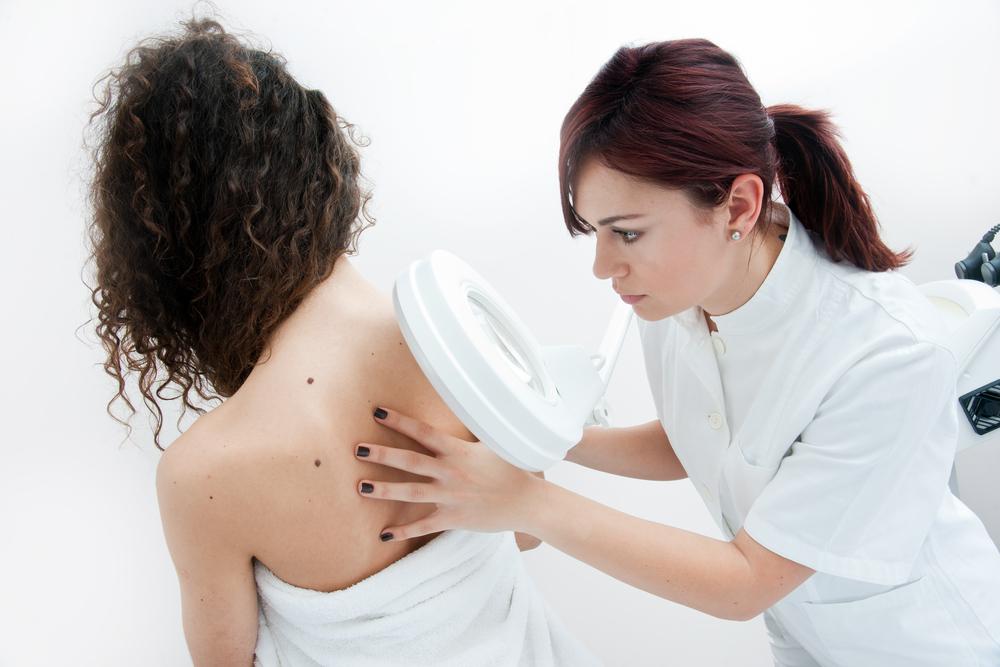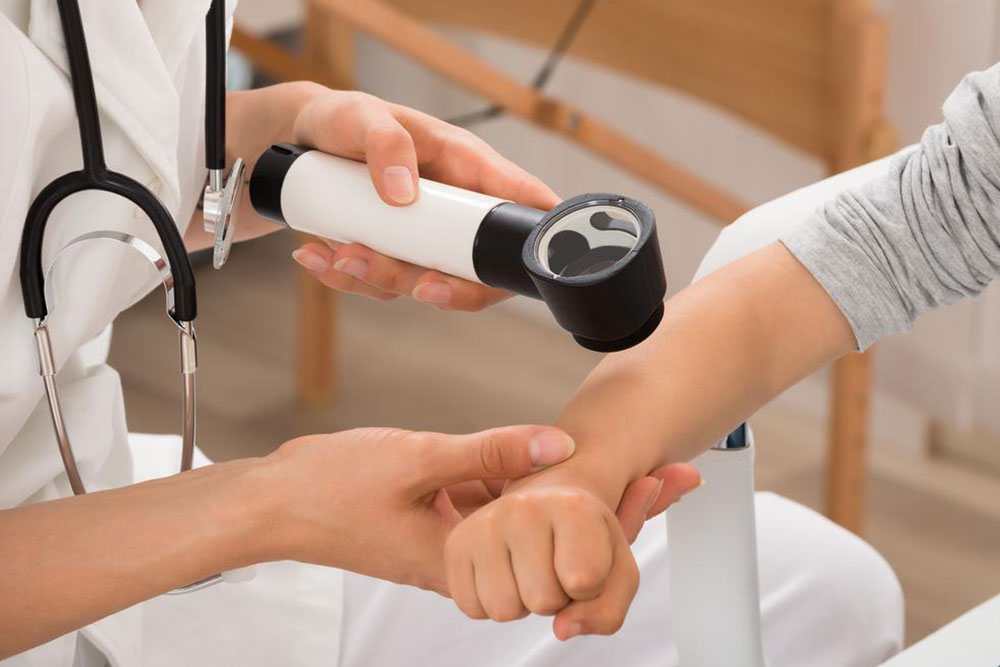Essential Facts About Skin Cancer You Should Know
Learn key facts about skin cancer, including symptoms, diagnosis, and treatment options. Early detection is vital, and this guide offers practical advice on recognizing signs and seeking timely medical care. Protect your skin and stay informed about this common health risk with expert insights tailored for all skin types.

Essential Facts About Skin Cancer You Should Know
Concerned about skin cancer? Here's what you need to understand!
Skin cancer has become a significant health concern in the 21st century, often dubbed as a modern-day epidemic by researchers. It can develop on different parts of the body, most commonly the skin.
Although not always deadly, skin cancer can become serious if left untreated, potentially spreading to other areas. Even small skin blemishes or spots can be early signs of cancer, necessitating prompt diagnosis and treatment.
If you're unsure when to seek medical advice, continue reading.
What exactly is skin cancer?
Skin cancer involves the rapid, abnormal growth of skin cells.
It predominantly affects sun-exposed areas.
However, cases also occur in regions not exposed to sunlight.
Common sites of occurrence
It often appears on facial areas like lips, scalp, neck, as well as on arms and legs.
Skin cancer can affect individuals regardless of skin tone.
Another form, Melanoma, often develops on less exposed areas like palms, soles, and genital regions.
Detecting skin cancer early: signs and diagnosis
To identify early signs of skin cancer, trusted online medical resources are invaluable. They provide detailed images across varied cases, aiding recognition:
Skin cancer typically presents as small brown lumps on the skin, often with a scaly surface and a central red spot. This is common in sun-exposed skin.
Melanoma may appear as changing moles — altered color, shape, bleeding, or unusual lesions. Visual guides help in identifying these signs.
Promptly visit a specialist if any such abnormalities are detected.
Diagnosis process for skin cancer
Doctors often use two primary methods: examining skin changes and conducting skin biopsies.
A biopsy involves removing a small skin sample for microscopic analysis to confirm and classify the cancer.
Common treatment options for skin cancer
The treatment depends on the cancer’s location and progression stage, with typical approaches including:
Cryosurgery: Freezing and destroying cancerous tissues, suitable for early-stage skin cancers.
Surgical excision: Removing affected skin and some surrounding tissue.
Mohs surgery: Layer-by-layer removal and examination, ideal for advanced cases.
Radiation therapy: Using high-energy beams to eradicate cancer cells.
Chemotherapy: Topical or systemic treatment for superficial skin cancers.
Hopefully, this overview clarifies essential facts about skin cancer and emphasizes early detection and treatment.









